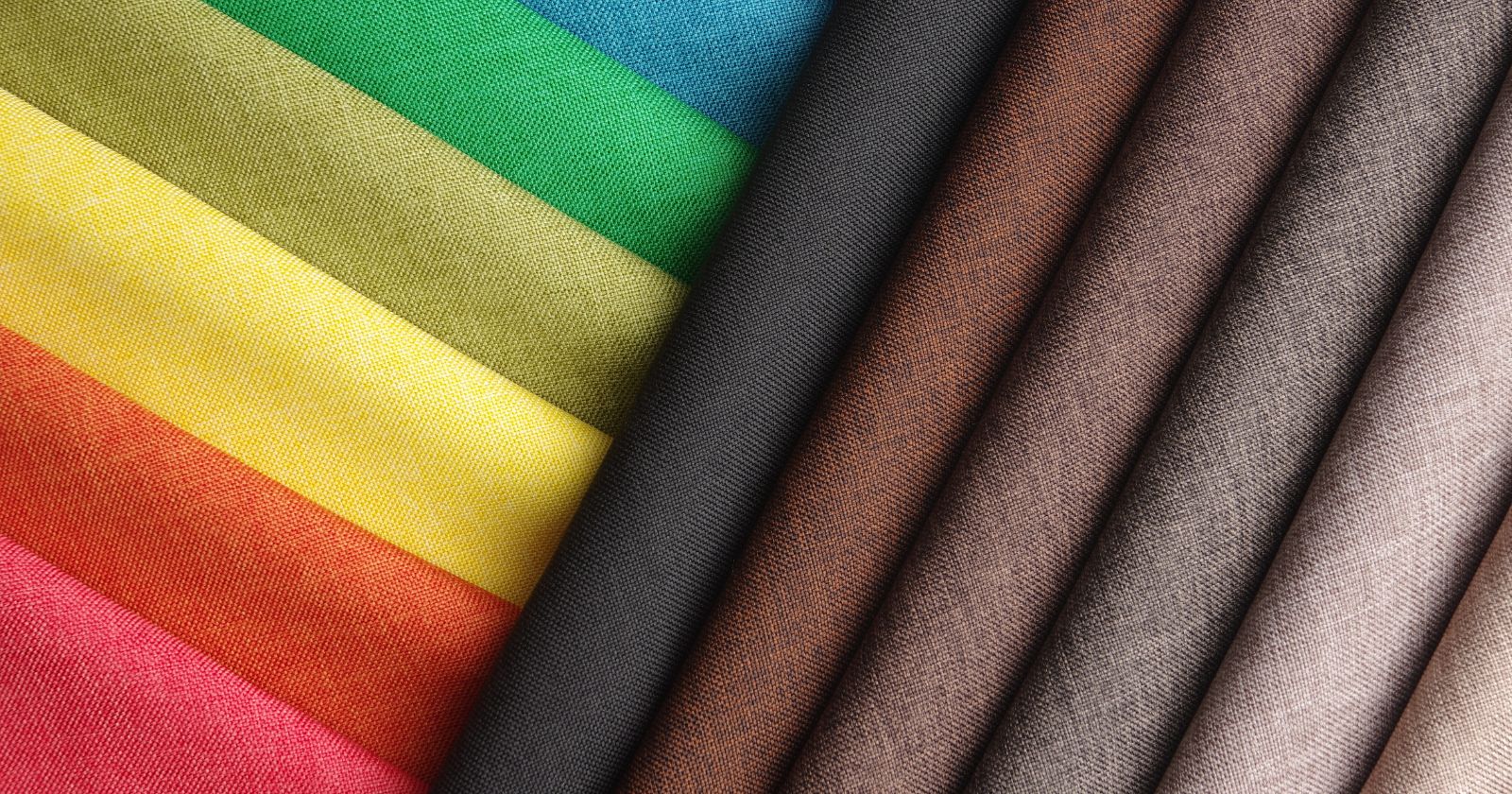Both polyester and cotton and widely used in fashion and furnishings. Polyester fabric is made from synthetic fibers, while cotton fibers are natural. Cotton and polyester have similar heat retention, breathability, and color-fastness. Cotton costs more to produce, but is far better for the environment. However, cotton is less durable than polyester.
Check out the comparison table below for more information:
Polyester vs Cotton Comparison Table
| Property | Polyester | Cotton |
|---|---|---|
| Other Names | PET (polyethylene terephthalate) | – |
| Made From | Polyester is a synthetic fabric made using petroleum products, although it is increasingly made from recycled plastic bottles. | Fibers from cotton plant seeds |
| Advantages | Very high durability, with good breathability and moisture wicking makes polyester a very practical fabric. Can be mass produced at low cost. | Cotton fiber has superior wet strength and is a natural insulator. Cotton also has natural anti-microbial properties |
| Disadvantages | Significant environmental concern. | Higher production costs than many other fabrics, particularly for organic cotton. |
| Uses | As a fabric, polyester is used widely in apparel and furnishings. Other uses include bottles and LCD displays. | Cotton is widely used in clothing, including to produce popular woven fabrics such as denim, flannel, and canvas. Also used for bedsheets, towels, and upholstery. |
| Natural or Synthetic | Synthetic | Natural |
| Woven or Knitted | Either | Woven |
| Thread Count | 200-1000 | 100-1000+ |
| Washing | Typically fine in the washing machine, but watch out for blends that need to be hand washed or washed in cooler water (always check the label first) | Typically fine in washing machine (always check the label first) |
| Drying | Normally fine in a tumble dryer with a low heat setting (check the label first) | Often fine in tumble dryer, although shrinkage can occur especially if 100% cotton (check the label first). If unsure, air dry. |
| Ironing | Can be ironed, typically on warm settings. Turn it inside out and use a covering cloth and steam to reduce direct heat. Too much heat can melt the garment. | Iron while damp (use a spray) on high heat |
| Wrinkle Resistance | Don’t tend to wrinkle | Wrinkles easily |
| Heat Retention | Medium | Medium |
| Moisture Wicking | Good | Good |
| Breathability | Good | Very Good |
| Stretchability | Medium | Medium |
| Flammability (untreated) | High (tend to melt rather than burn) | Very High |
| Water-Resistance (untreated) | Medium | Poor |
| Color-Fastness | Good | Good |
| Strength | Very Good | Good, especially when wet (cotton gets stronger when wet) |
| Durability | Excellent | Good |
| Drape | Stiff | Medium |
| Softness | Medium | Good |
| Environmental Impact Score (A is best, E is worst) | Virgin Polyester = D, Chemically Recylced Polyester = B, Mechanically Recycled Polyester = A | Conventional Cotton = E, Organic Cotton = B, Recycled Cotton = A |
| Sustainability Issues | Polyester is a plastic. It does not degrade and requires significant energy, chemicals, and waste to create. We recommend only using recycled polyester products. | Cotton growing can be pesticide and water intensive, leading to pollution. Less impact when grown organically. |
| Vegan | Yes | Yes |


